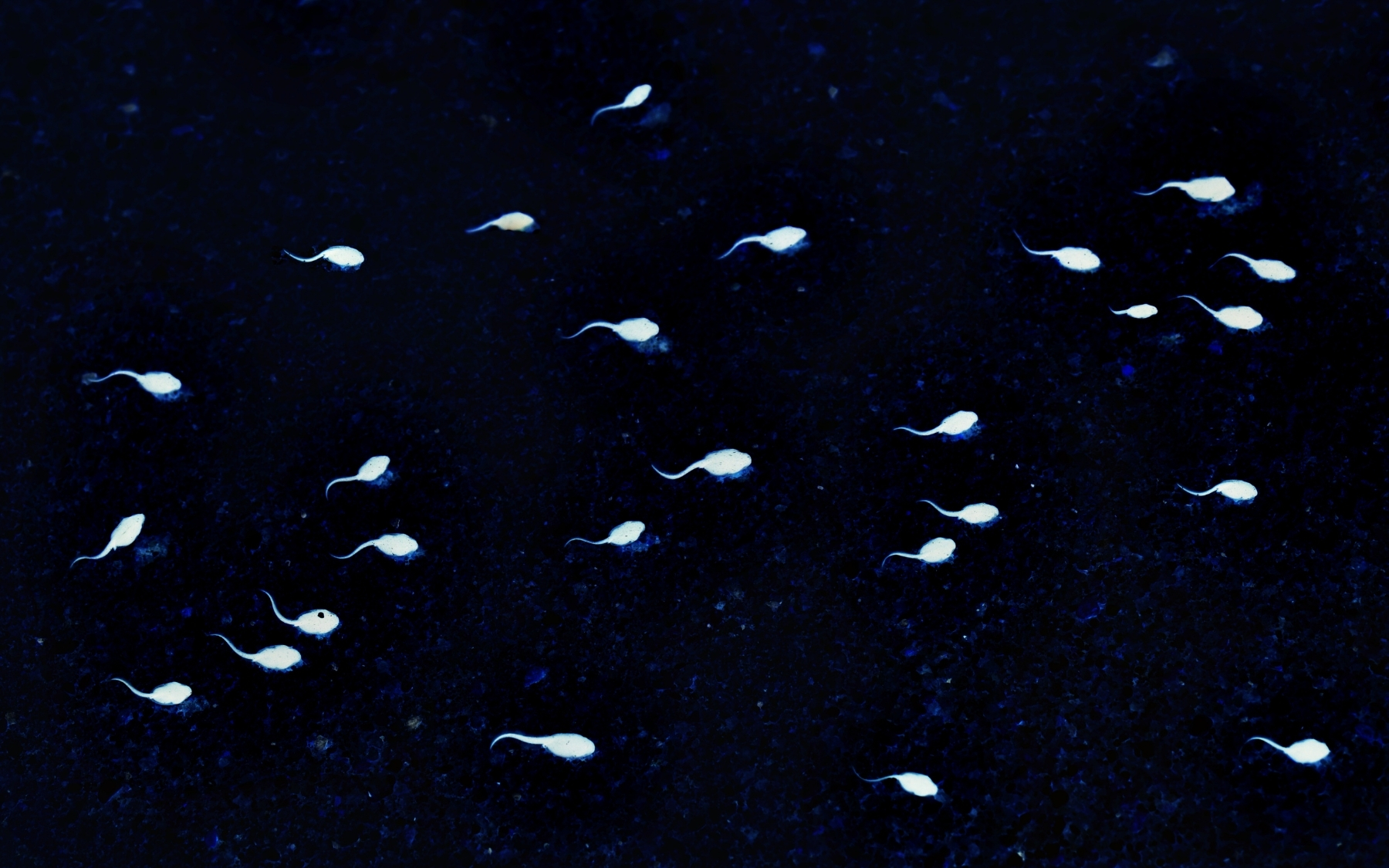Azoospermia is a medical condition that means there is no sperm in the ejaculate. It can be caused by two things; an obstruction that is stopping the sperm from entering the ejaculate (obstructive) or because there is a problem with sperm production and productivity (non-obstructive).
Azoospermia is fairly common, occurring in around 10% of men with fertility problems and 1% of men overall.
The exact cause of this condition is not exactly known. It is thought that there are linked to genetic conditions such as Klinefelter’s syndrome, medical treatment such as chemotherapy or radiotherapy for cancer, drug abuse or varicocele. Another common cause of azoospermia is a vasectomy, a surgery that is done to prevent men from having sperm in the ejaculate. It is important that all possible causes of azoospermia are explored to help get the best outcome for the man and couple as a whole.
To diagnose azoospermia, the patient must have a semen analysis. This will help your fertility specialist understand exactly what is going on and what the best treatment path is.
What does it actually mean?
If you are diagnosed with a condition such as azoospermia, it does not necessarily mean that you are not producing any sperm, it means that there is low production or a problem with the sperm reaching the ejaculate. It is important to note that this is a common condition amongst couples struggling with fertility problems and does not signify the ‘end of the road’.
There are two types:
- Non-obstructive azoospermia:
- There can be considerable biological variation in sperm production, so that if output has always been depressed, it does not take much for there to be no sperm at all on one or even two samples. Such variability is known as Cryptozoospermia – the ‘Crypto’ prefix literally means ‘hidden’ Sometimes there is a temporary interruption in sperm production or ‘spermatogenesis ‘ caused by reversible or transient factors. Top of this list are anabolic steroids and some supplements, taken to enhance performance and muscle bulk.
- Viral and other illnesses, particularly when associated with fever, may also cause ‘recoverable’ Azoospermia.
- But when there really are no sperm to be found, and when there is nothing to suggest obstruction or some failure of the ejaculatory mechanism, then we expect some failure of the process of ‘spermatogenesis’ in the testicle itself. We will always look for genetic causes, by doing a blood test or Karyotype which checks for major chromosome abnormalities which may explain the situation. Further blood tests for hormone levels are also necessary, as we can sometimes use medical treatments to attempt to provoke sperm production.
- When despite the relevant diagnostic tests and appropriate initial treatment we are still faced with Azoospermia, we would usually propose a surgical procedure called Micro Testicular Sperm Extraction or MTESE. This is a day case operation under general anaesthetic which has two purposes. First to diagnose the cause of the problem, which is possible in all cases, and second to attempt to retrieve sperm, possible in approximately 50 percent of men.
- The operation is made possible by the use of a microscope which allows the surgeon to identify tiny areas within each testicle where islands of sperm production still exist, despite a background of failed spermatogenesis. This is why ‘simple’ testicular biopsies or small random samples may result in the conclusion that nothing can be done, because the random ‘biopsy’ just happened to come from a site of failed spermatogenesis.
- Sometimes we might suggest an alternative diagnostic procedure called ‘Testicular Mapping’ . This is not a sperm retrieval operation as it is merely diagnostic, but it may lead to a more predictable MTESE in the future.
- When we expect that the outcome of an MTESE is likely to be positive, either because of a finding of Cryptozoospermia or because of a previous positive Mapping Procedure, we might propose that the retrieval operation (MTESE) could be synchronised with the IVF process. This is clearly a matter for very careful evaluation, for not to find sperm on the day of the egg retrieval is a devastating outcome for all involved.
- Obstructive azoospermia: There are several quite different causes of Obstructive Azoospermia. The simplest causes relate to damage to the Vas tube which travels from the Scrotum (Sac) through the Inguinal Canals (Groins), all the way to the back of the Prostate Gland (Seminal Vesicles). Of course the commonest form of damage to the Vas tubes (known as Vasa in the plural) is a Vasectomy!
What are the different treatments for azoospermia?
The treatment options for azoospermia are different for every patient, as it can be caused by a number of different factors. Each patient will have a custom treatment pathway to fit in with their individual needs; all with the ultimate goal of getting a ‘normal’ semen analysis.
Mr Ramsay has over 30 years of experience working with patients with male fertility problems. If you have recently been diagnosed with azoospermia and would like to talk about possible treatment or investigation please call 02070345068
This article is intended to inform and give insight but not treat, diagnose or replace the advice of a doctor. Always seek medical advice with any questions regarding a medical condition.


0 Comments